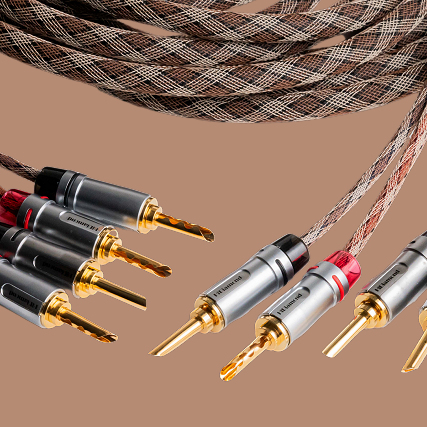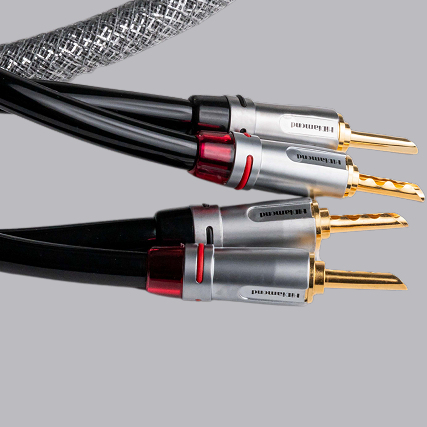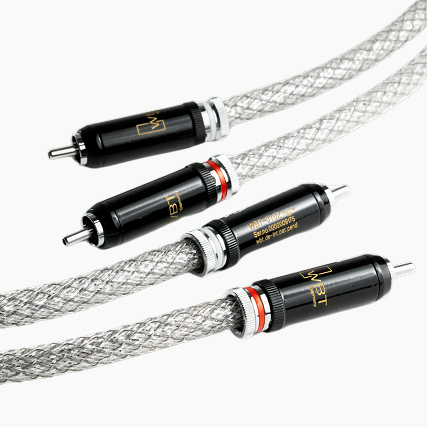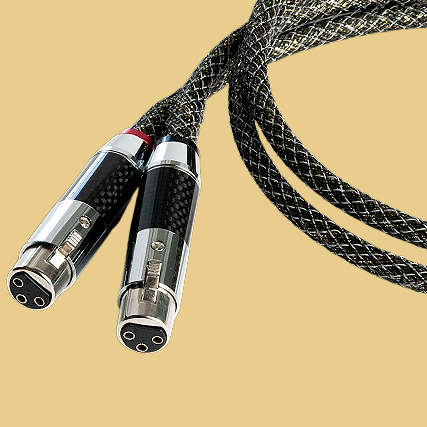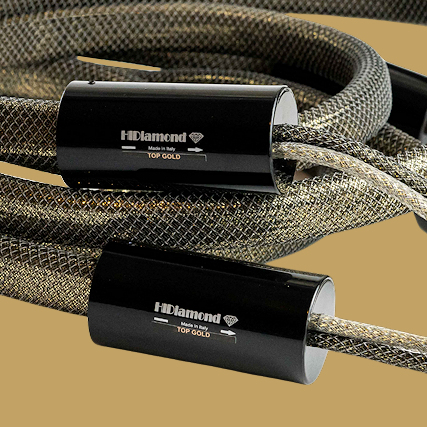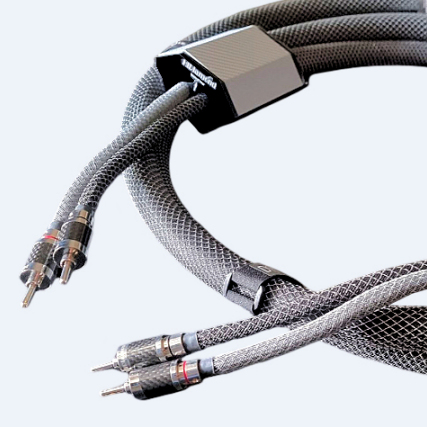HiDiamond
A New Standard in the Hi-Fi World
HiDiamond is more than just a manufacturer of Hi-Fi cables; is a pioneer in innovation and audio quality. With an unwavering dedication to perfection, we continue to push the boundaries of what is possible in the world of Hi-Fi audio.
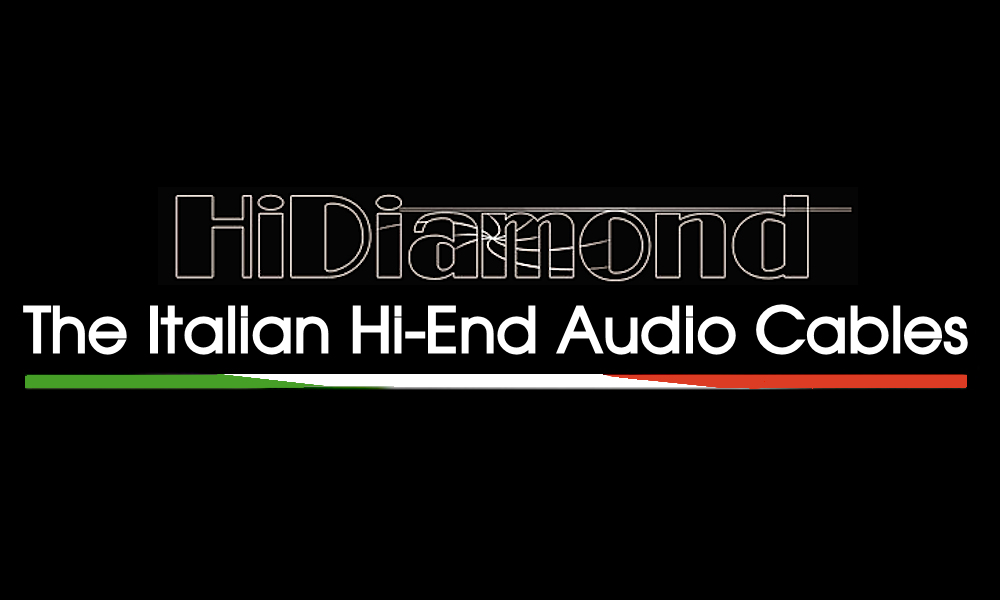
THE CABLE
The starting point for making a good Hi-Fi cable
TECNOLOGY
UP-4VRC© (Ultra Pure Single Crystal Copper) technology (UP-SCC 4VRC©) and 4VRC© (Single Crystal Copper) technology
AWARDS
HiDiamond’s commitment to pushing the boundaries of audio cable technology, focusing on both technical innovation and aesthetic design.
News
The latest news from Hi Diamond
June 9, 2025
Power performance silver
New power cable for low/medium cost systems
May 14, 2025
New terminals for speaker cables
The new rhodium bananas
January 9, 2025
Suono: Diamond 10 Signal
The review of Suono magazine
November 30, 2024
Roma Hi-Fidelity
The Hi-End event dedicated to music lovers
November 4, 2024
The evolution of UP-4VRC© technology
News for HiDiamond cables
August 1, 2024
Suono: Diamond 9 Speaker
The review of Suono magazine
Salvatore Filippelli
CEO HiDiamond
At the beginning of the 2000s he founded the HiDiamond company, one of the main Italian companies specializing in the production of high quality audio and video cables. HiDiamond stands out for innovation in design and technology, aiming to create original and highly performing products.
Before starting HiDiamond, he acquired significant managerial experience, covering for several years the role of General Manager for Italy at Nextream, a company that is part of the French Thomson group. This background gave him a solid base of skills in the telecommunications and electronics industry, contributing to the success of his new venture.
This combination of professional experiences, both in management and technological innovation, has allowed the entrepreneur to position HiDiamond as a leading brand in the audio and video cable sector, with a focus on quality and aesthetics.
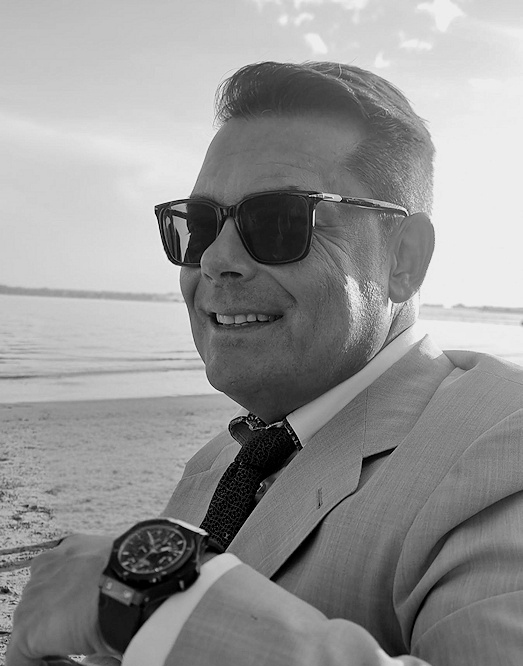
Stay informed about new products



